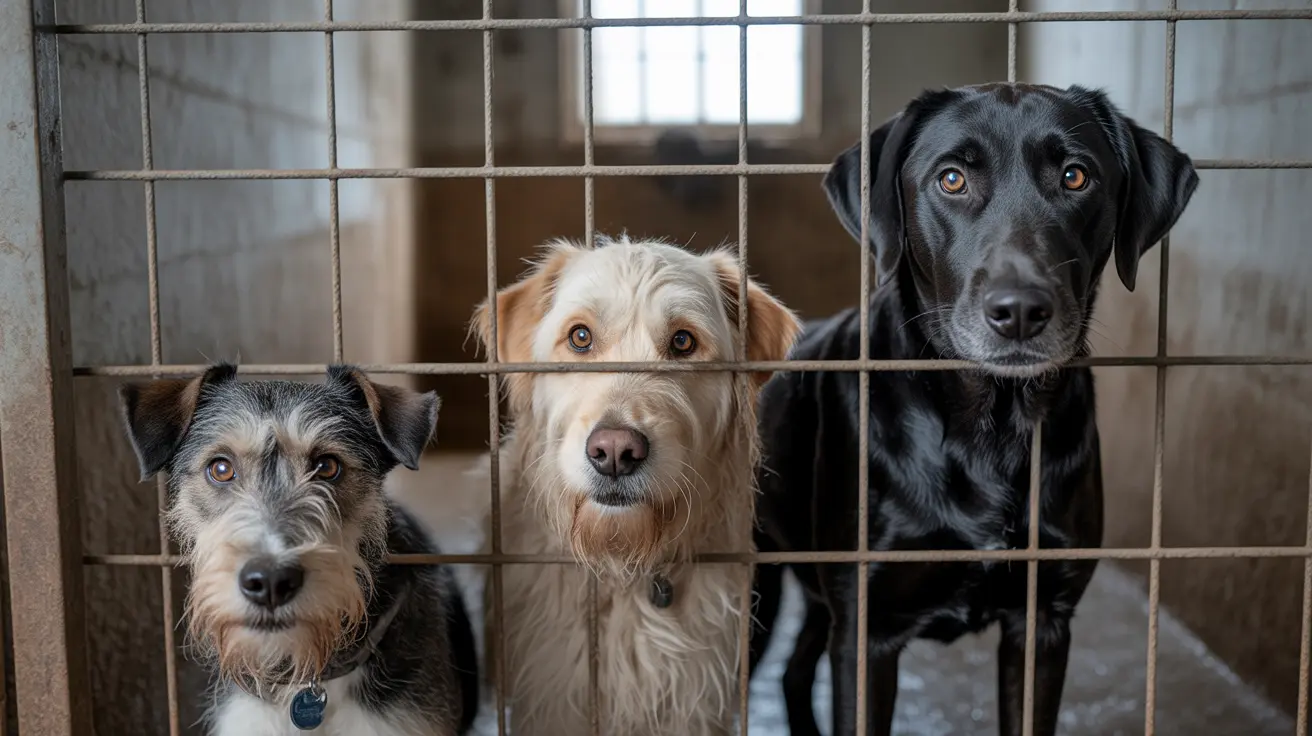Do Mom Dogs Get Sad When Their Puppies Are Given Away?
While it's tempting to assign human emotions to canines, understanding whether a mother dog feels sadness when her puppies are given away requires a look into canine behavior, biology, and sensory perception. Research suggests that dogs do experience bonding and may show signs of distress after separation, but their understanding and emotional processing is quite different from that of humans.
How Dogs Form Bonds With Their Puppies
During the first few weeks post-birth, a mom dog (also called a dam) forms close bonds with her litter primarily through instinct and scent. Puppies rely on their mother for warmth, nourishment, and protection, while the mother’s behavior is hormonally driven to nurture and care for them.
- Olfactory bonding: Dogs boast over a million scent receptors, and the vomeronasal organ (Jacobsen's organ) enables them to detect subtle pheromones, enhancing familial bonds.
- Maternal recognition: Studies show that puppies can recognize their mothers by scent as early as 4 to 5.5 weeks old, and the mother also recognizes her puppies.
Emotional Response To Separation
When puppies are given away, typically around 8 weeks of age, the mother may display behaviors that pet owners interpret as sadness. However, interpreting these behaviors inaccurately can lead to anthropomorphism.
- Short-term signs: Searching, whining, and reduced appetite may occur after weaning and initial separation.
- Hormonal changes: As nursing ceases, maternal hormones decrease, guiding the mother back to her baseline state and reducing attachment behaviors.
These changes mean mom dogs are not usually in distress for long. Their emotional adjustment is aided by the return to normal routines, consistent human interaction, and new environmental engagements.
Recognition Over Time
Recognition between canine family members diminishes over time, especially among siblings. Yet mother-offspring recognition through scent can persist even after extended periods, sometimes up to two years.
- Reunion behavior: Dogs reunited after long separations may show tail wagging, nose sniffing, and other affiliative behaviors, indicating recognition via scent memory.
- Scent vs. sight: Dogs rely much more on olfactory cues than visual ones for identifying familiar individuals, including relatives.
Does a Mother Dog Miss Her Puppies Long Term?
While mom dogs may initially exhibit anxiety or search behaviors when puppies are removed, most adapt quickly. Their primary relationships often shift to humans or other household animals. The emotional attachment isn’t permanent in the way humans conceive familial love.
- Transition period: A brief period of behavioral change is normal but usually resolves within days or weeks.
- Focus shift: Dogs live in the present and reorient their attention based on their environment and daily interactions rather than lingering emotional ties.
Best Practices When Separating Puppies
To ease the transition for both mom and pups:
- Wean gradually between 6–8 weeks instead of abruptly to prevent stress.
- Offer enrichment to the mother post-weaning—daily walks, interactive toys, and affection help refocus her attention.
- Monitor health and behavior for signs of depression or stress and consult a vet if issues persist.
The Role of Attachment and Socialization
The sensitive period between 3 to 16 weeks is crucial in a puppy's development. Dogs raised together, even if not related, can form sibling-like bonds based on shared experience rather than blood ties. Likewise, mother dogs shift their nurturing focus when stimuli like nursing and puppy proximity are removed.
Conclusion
Mother dogs do exhibit signs of sadness or stress when their puppies are initially taken away, primarily due to hormonal fluctuations and disrupted routines. However, these reactions are typically short-lived. Dogs adjust quickly with proper care and attention. Their sense of family is rooted more in scent and familiarity than human-like concepts of kinship and permanent attachment.





